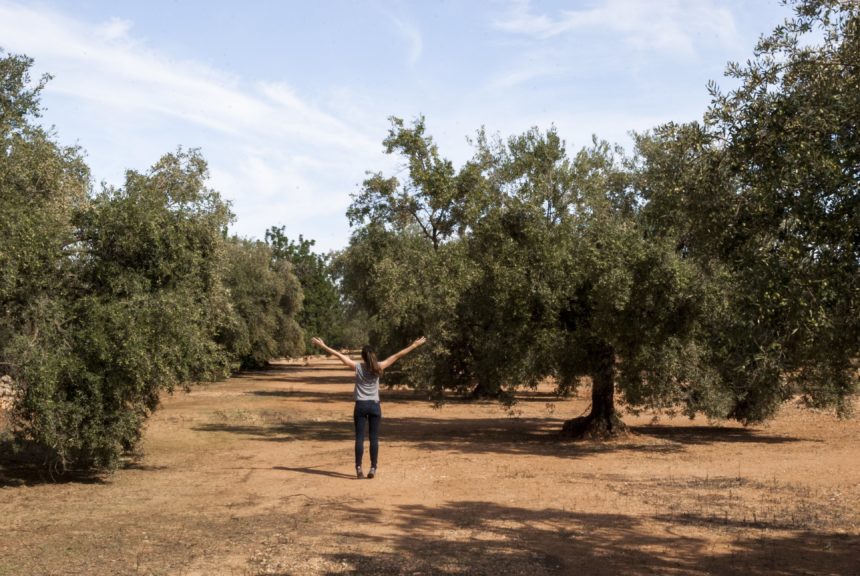Breathe. Breathe again.
What’s that smell? It’s the scent of millenary olive trees. Behold a cultural landscape
carefully cared for by generation after generation of farmers in order for everybody to
continue enjoying their exquisite oils, to our day. An olive oil the color of gold, with a
soft scent balanced by the aroma of leaves, leaving an after-taste of soft fruit.
That’s what these “seas of millenary olive tress” taste like. They have witnessed the
passage of kingdoms and civilisations, they have endured frosts and draughts, and,
more recently, they have escaped from being pulled out and transplanted to urban
gardens thanks to the protection they have been granted by some institutions and by
Sénia Territory, an organisation that strives for their preservation through their study,
the selling of their oil and the promotion of oil tourism in the area.
BUT… WHERE ARE THEY AND WHY ARE THESE OLIVE TREES MILLENARY?
Territory Sénia, to the east of the Iberian Peninsula, is composed of 27 municipalities
between the provinces of Castellón (15), Tarragona (9) and Teruel (3). This territory
covers an area of 2,070 sq km and its population reaches 113,000 inhabitants. It has
been an area intensely cultivated with olive trees since ancient times, so much so that
the river Sénia itself, a modest sized water course that flows directly into the
Mediterranean, was known to the Romans as the Oleum Flumen (the river of oil).
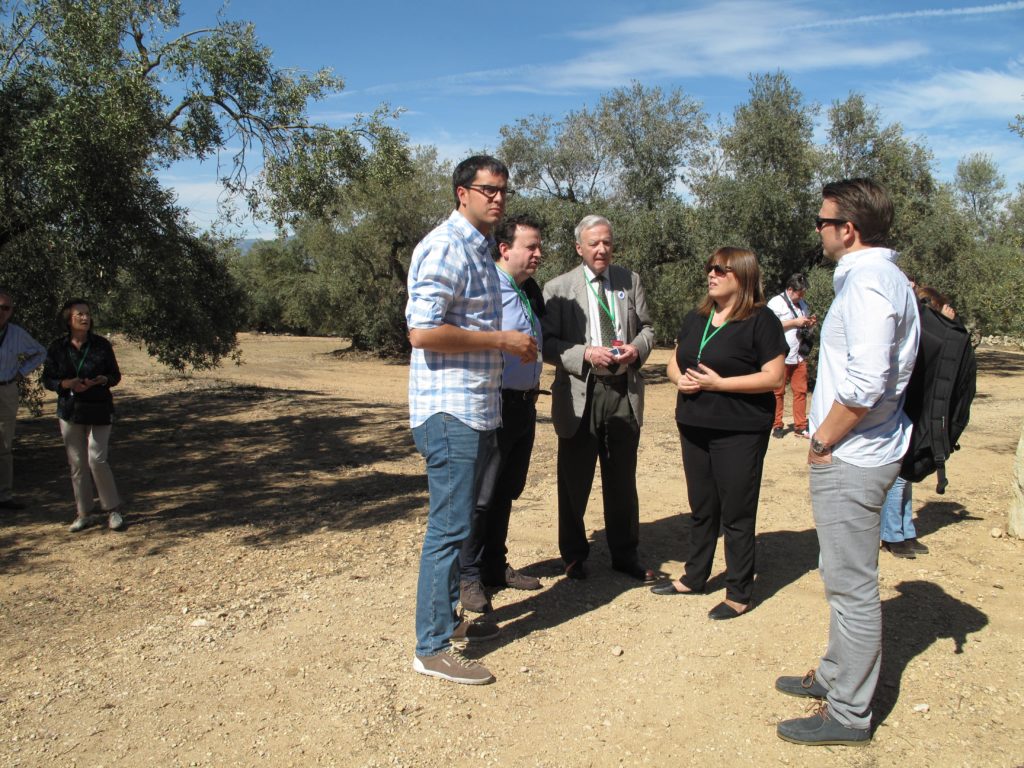
Millenary olive trees are those that have, at the very least, a trunk with a contour that
measures 3,5 meters at a height of 1.30 meters from the ground. Their olives are
picked manually from the tree itself and transported to one of the eight oil mills of the
area, producing what is known as extra virgin olive oil from millenary olive trees.
Nowadays, there is a census of almost 4,800 millenary olive trees, 966 of which lie
within the municipality of La Jana, which makes this the area with the largest
concentration of millenary olive trees in the world.
According to studies carried out by researchers of the Universidad Polité- cnica de
Madrid the oldest olive tree – with a 20 % margin of error – is 1,701 years old, that
means, that it was planted during the reign of the Constantine I, the Great.
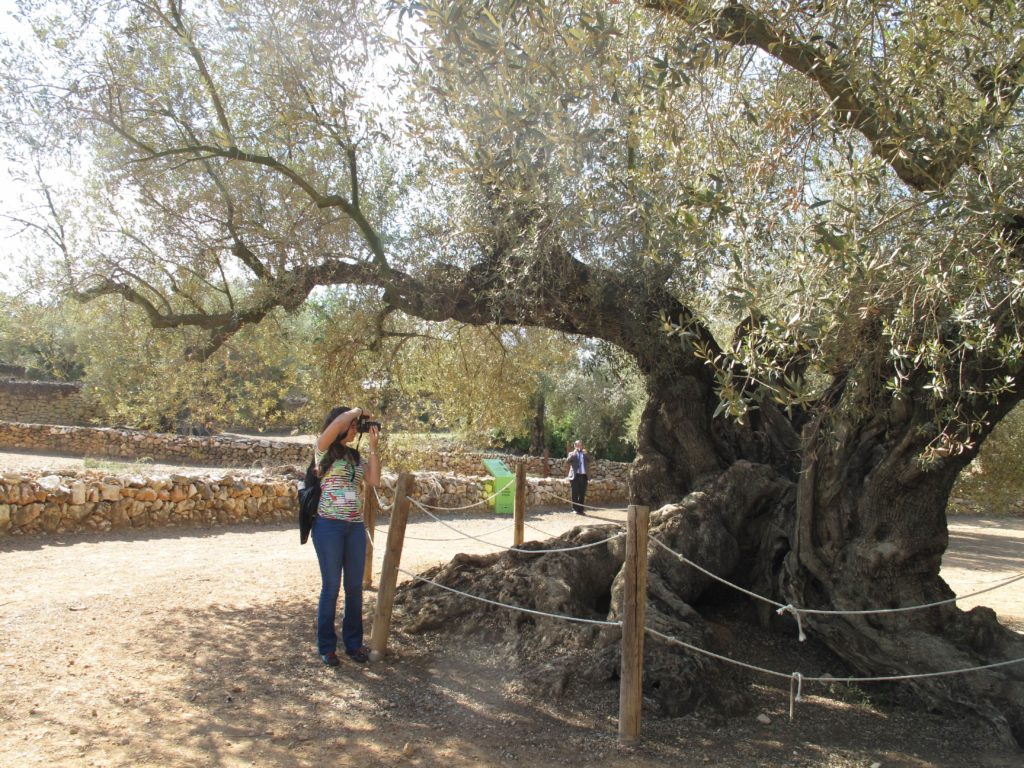
TWO NATURAL MUSEUMS.
There are two natural museums to be visited with the help of information panels that
detail the size, characteristics and coordinates of the most relevant trees: Museum
Farga del Arión, with 35 specimens distributed on 1.3 hectares, and Museum La Jana,
with 21 millenary olive trees distributed on a little less than one hectare of land.
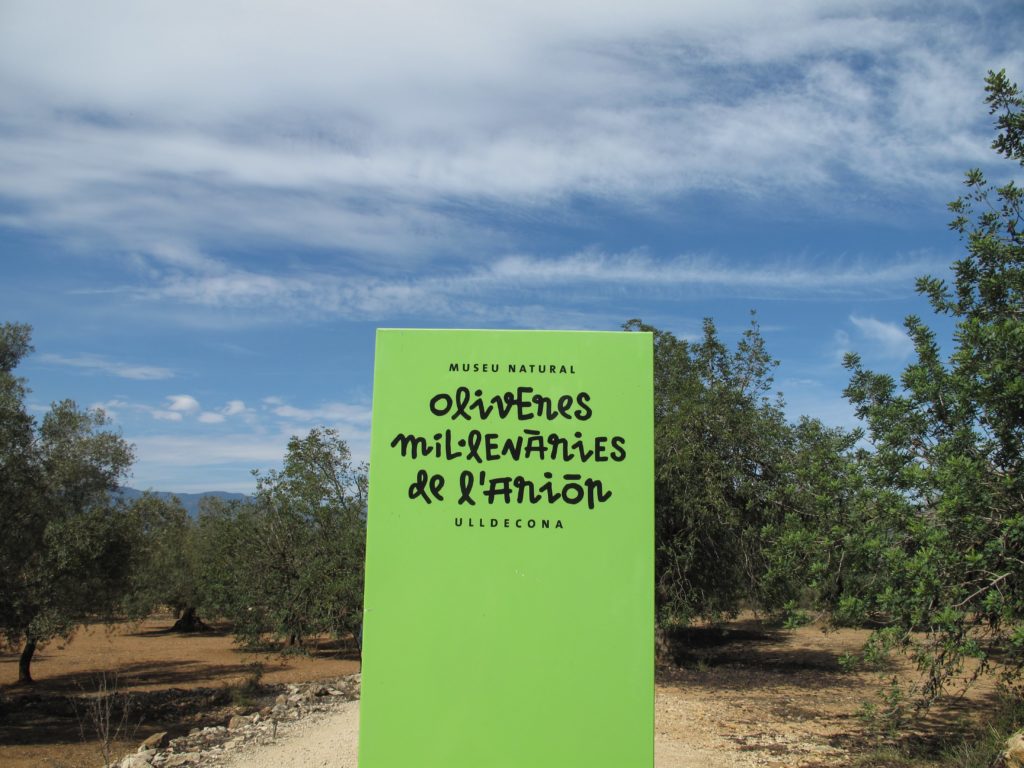
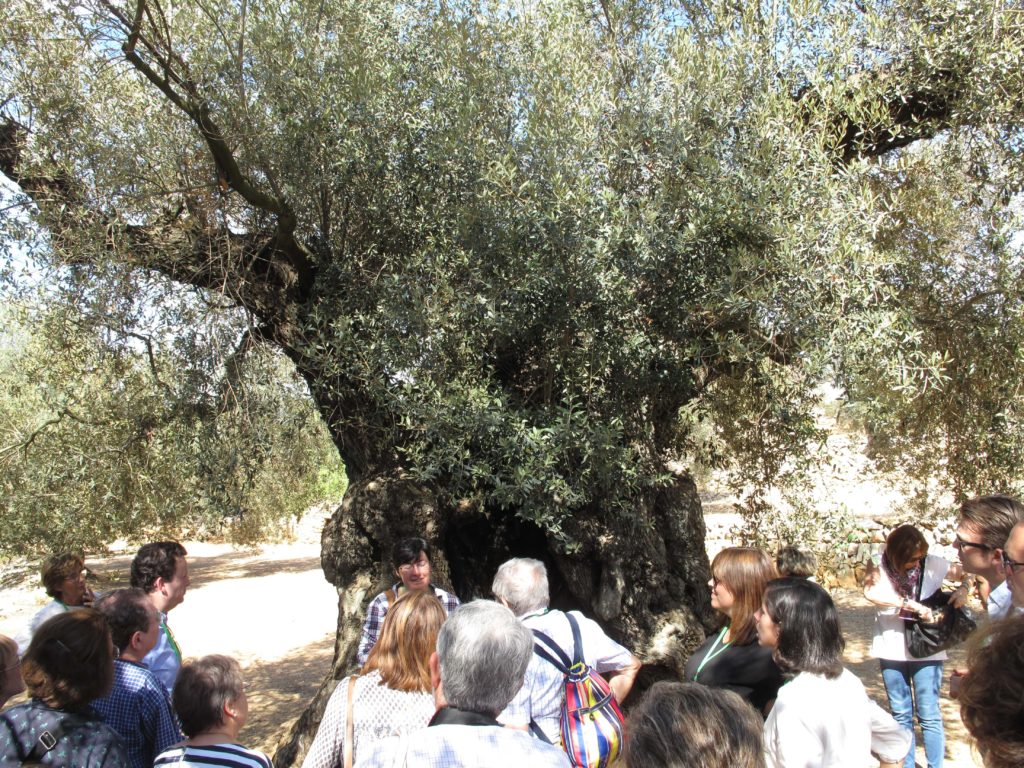
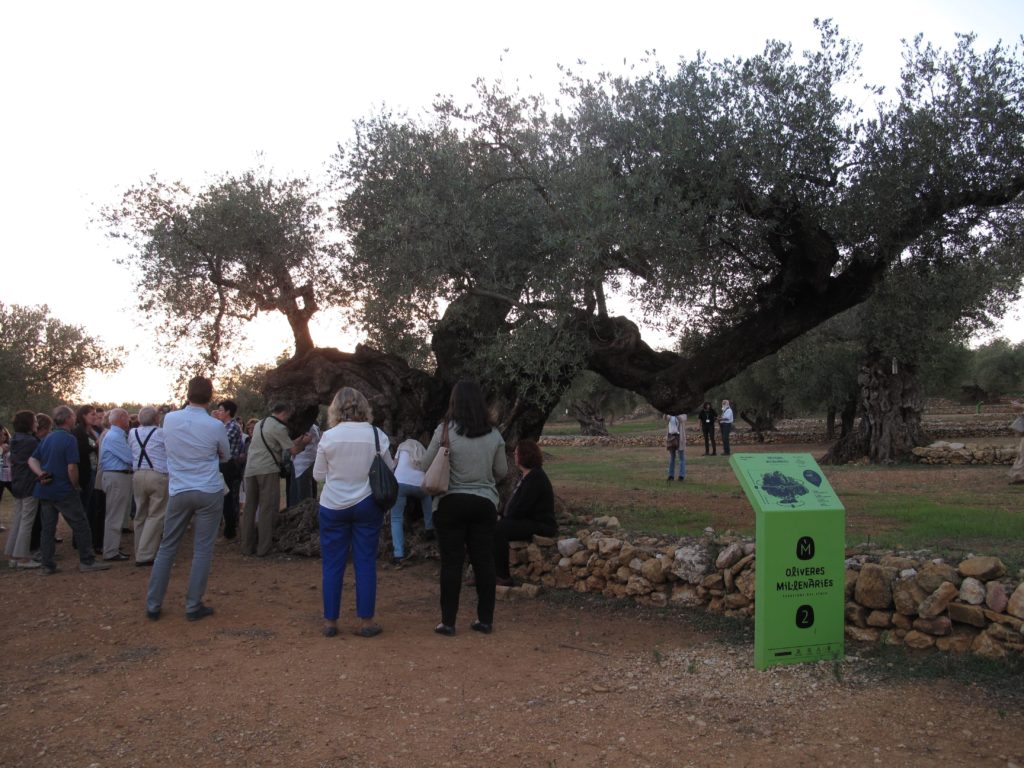
To stroll along this land is to be in the company of live sculptures that require to be
seen slowly and calmly. They are a gift to artists who have been inspired to carry out
creative endeavours such as the movie “El Olivo” by Icíar Bollaín, which tells the story
of Alma, a young woman who sets off to Germany to find and recover the millenary
olive tree that her family once sold and is the only thing that will give her grandfather
a reason to live on, since he was against the tree leaving their land from the start.
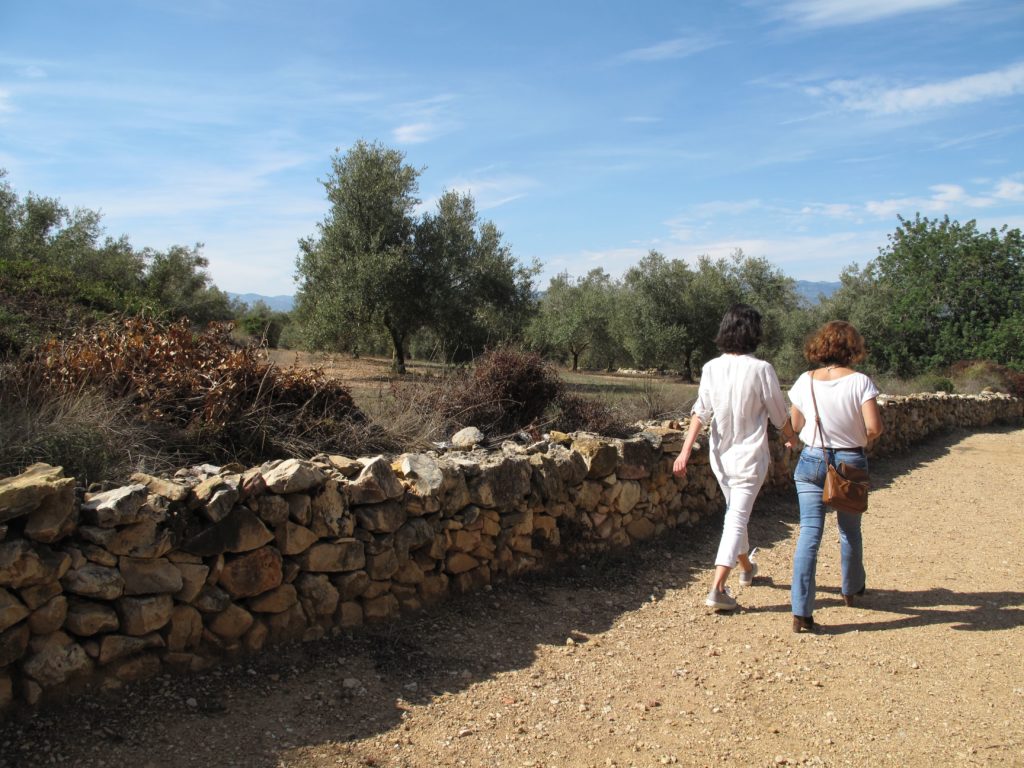
A RECOGNISED CULTURAL LANDSCAPE
Walking across these fields we think that we have never been anywhere in the world
with such a large concentration of olive trees, in a place with such energy and such
care taken by farmers so generously involved in preserving these traditions above
their economic benefit. One feels the place to be so natural, but at the same time, so
greatly transformed by mankind. And one thinks that places like these set an example.
When, later, one discovers how many times this effort has been awarded, everything
makes sense.
This great endeavour is carried out thanks to the laudable coordination between
different administrations and regions, recovering traditions with respect towards the
land and returning the economic benefit of it all to its inhabitants. Hence, it has been
worthy of various awards: Hispania Nostra in 2013, European Prize for Cultural
Heritage in 2014 and, more recently, a special mention in Landscape Award of the
Council of Europe.
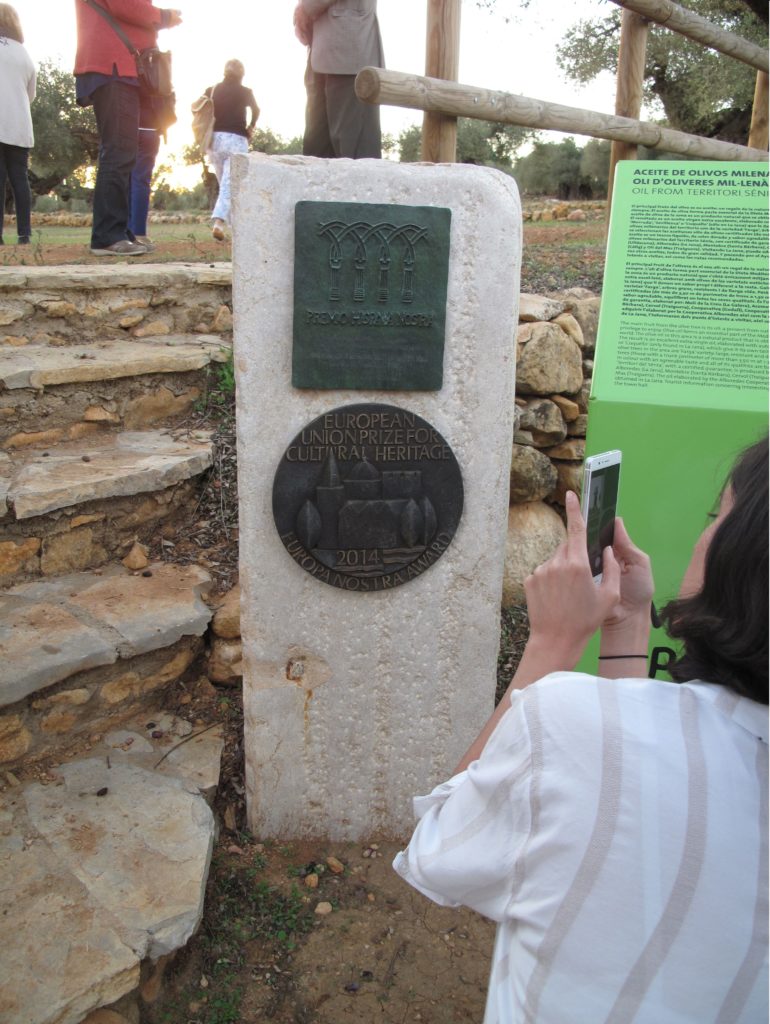
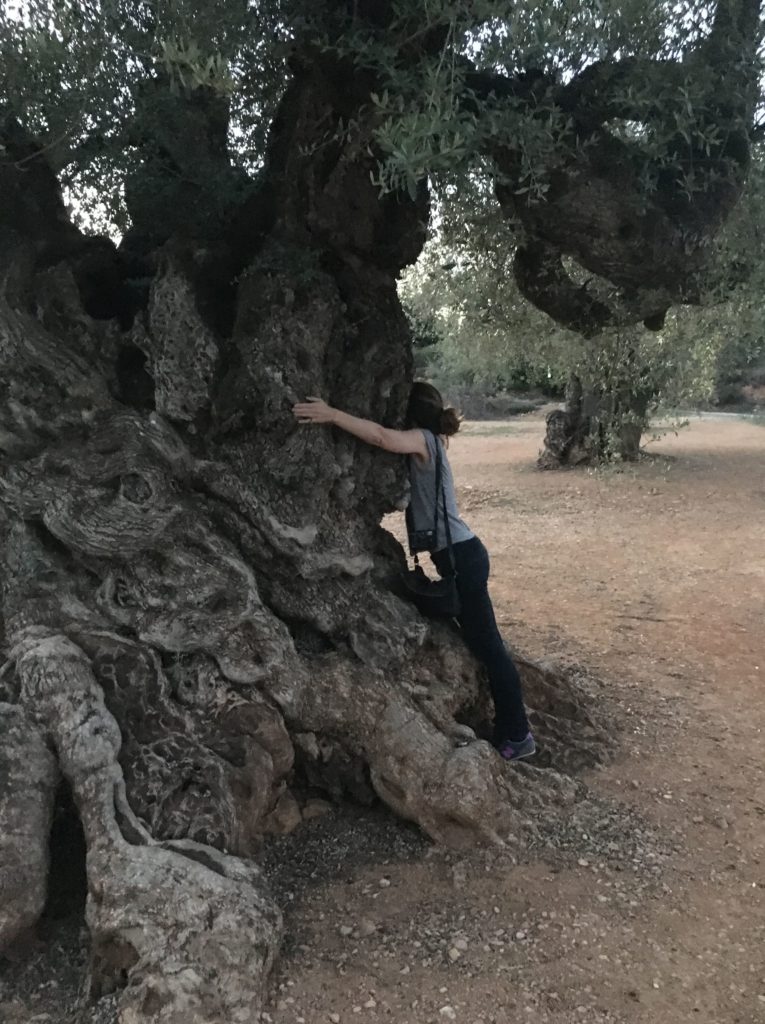
BESIDES, TO ENJOY THIS EXPERIENCE WITH THE BEST OF COMPANIES, IS AN ADDED
PLUS.
Every year the la Asociación Hispania Nostra, which, since 1976 works to defend and
promote Spain’s cultural and natural heritage, celebrates a gathering of its member
associations. This year the chosen location were these lands. We had time to debate
very interesting issues regarding “heritage education” but also to enjoy this
landscape, taste olive oils of different kinds and in different states combined with a
delicious gastronomy. The conversation during these meals shared with heritage lovers always returned to the same idea: the reasserting that civil society plays an
essential role in safeguarding our heritage.
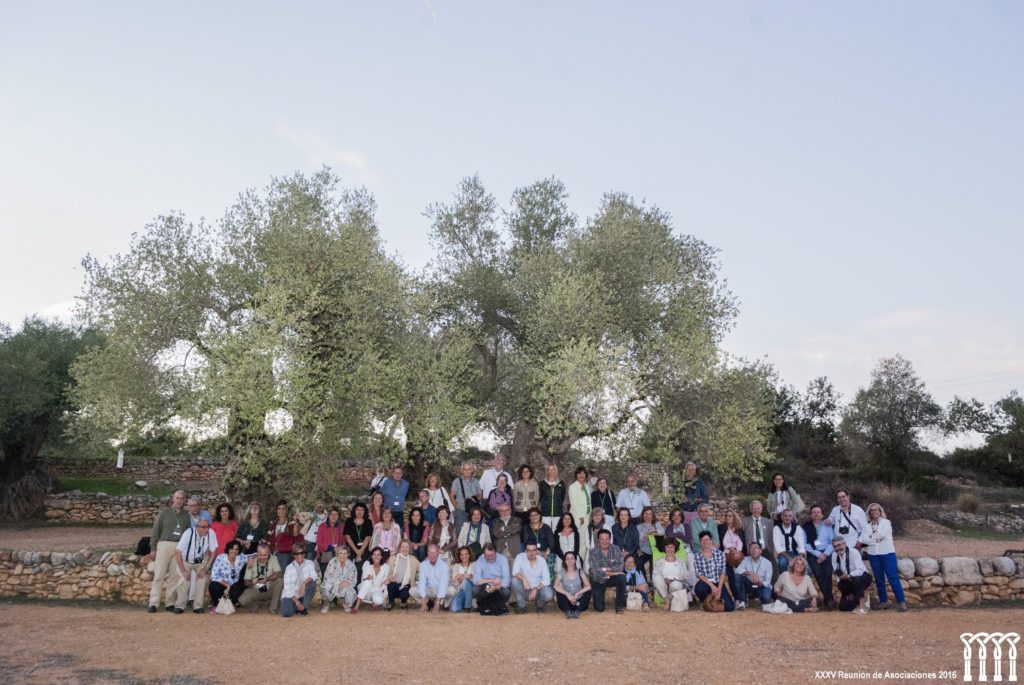
Hurray for the best Heritage!
XXXXXXXXXXXXXXXXX